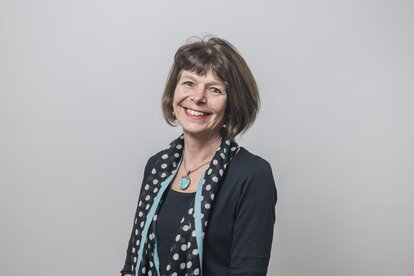The weather in Kathmandu and surrounds is hot and humid, but the monsoon rains have not yet set in – something that is fortunate for those without a roof over their heads, and for farmers waiting for supplies of seed to sow.
As reported in the last blog, many families in the Melamchi valley of Sindhupalchowk have now managed to construct themselves temporary shelters and have turned their thoughts to cultivating their fields. However, supplies of tarpaulins have still been very welcome in less accessible areas. Thus for example a further 920 tarpaulins were delivered to the VDC of Helambu, at the head of the valley, on Tuesday (26 May), where relief supplies were slower to arrive due to earlier inaccessibility.
Ensuring fairness
Whilst the VDC Disaster Relief Committees are considered to have been broadly effective in ensuring that supplies have been delivered correctly, there are a few persons who have complained. Whether or not they have good reason is not always easy to ascertain. Establishing a formal grievance mechanism is thus under consideration in the VDCs in which Helvetas is focusing. Somewhat to the perplexity of record keepers, the number of households in the VDCs has apparently increased since the earthquake. This is not thought to have been due to errors or missed reporting in the original list. Rather, it seems that some families who were resident in Kathmandu have returned to the valley, whilst extended families have split due to cramped living conditions – and thus now count as two households. Although such changes are understandable, it has created difficulties in ensuring fair distribution.
The last to build shelters
It is of course the families with many able-bodied members who have managed to construct themselves the best shelters. Those who are struggling are individuals without a family support structure – women whose husbands are absent on migration; those who survived when other relatives did not, and older people without immediate family. One such person is Mamaya Gajurel of Duwachaur VDC, an elderly widow aged 73 who was met by our staff member Niraj Acharya on a recent visit. As she was clearly distressed and wished to talk, he took time to sit and listen to her (as pictured above). He learned that Mamaya was only eight years old when her parents arranged her marriage – a common practice in those days. She gave birth to two sons, but (possibly because she was an adolescent mother) they both died as babies. Her husband then died shortly afterwards. In becoming a childless widow at a young age, life would not have been easy for her. Apart from the obvious trauma of her loss, a woman is often implicitly blamed for such misfortune, and considered the bringer of bad luck. At the time of the earthquake, Mamaya was living alone, in a house that is now a pile of debris. She has no-one to assist her in sorting through the rubble or to collect a tarpaulin, let alone help her to build a shelter (The distribution centre is half an hour’s walk away for a fit person, but far more for her). Clearly people such as Mamaya need an additional helping hand as well as the simple comfort of knowing that someone else cares.
Back in Kathmandu
Our office in Kathmandu was glad to learn last Friday (29 May) that funding for relief efforts will be forthcoming from Glueckskette (Swiss Solidarity). The activities will be carried out in partnership with Solidar, and entail the construction of immediate shelter, as well as the provision of WASH (water, sanitation and hygiene) facilities. More on these plans will follow later.


